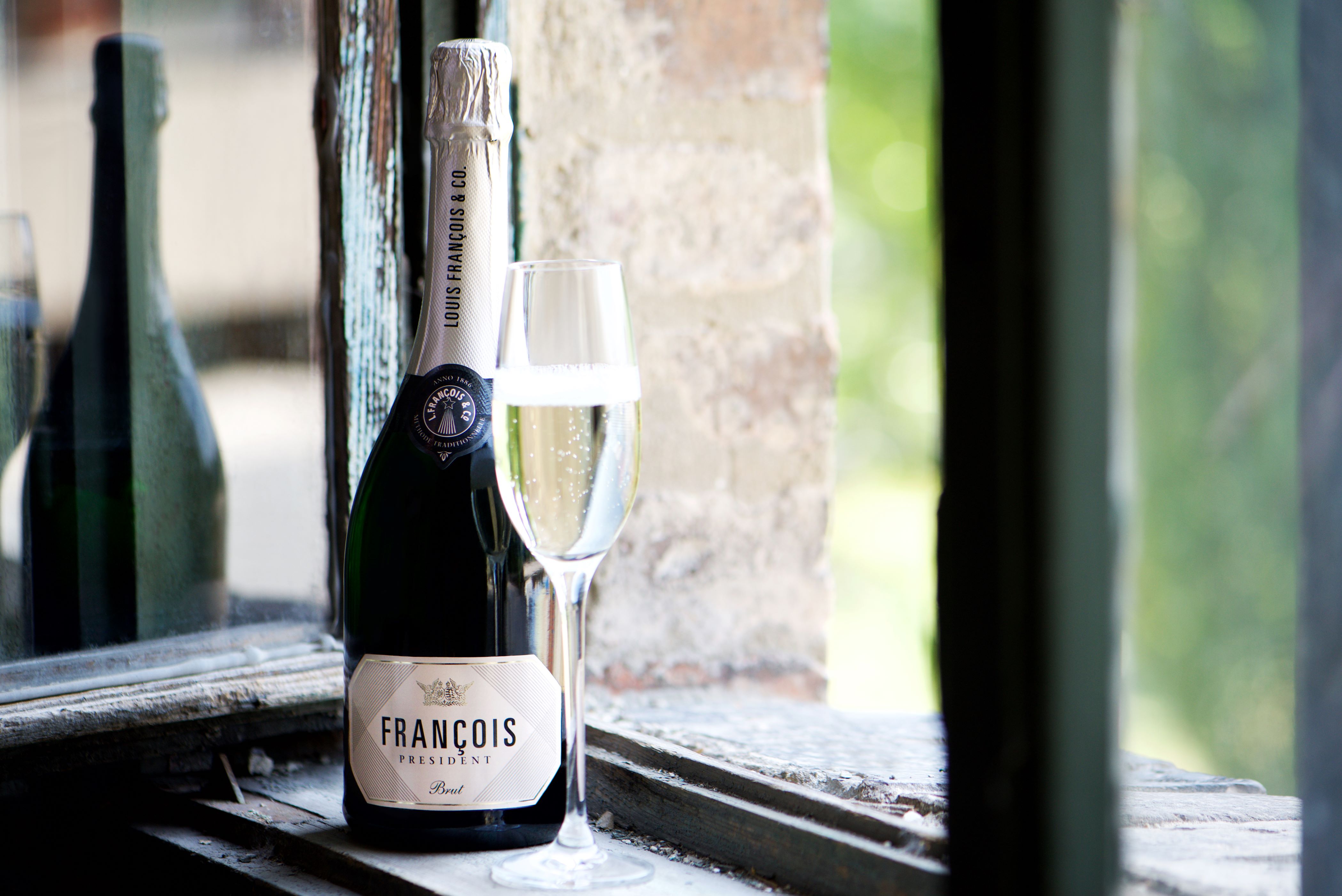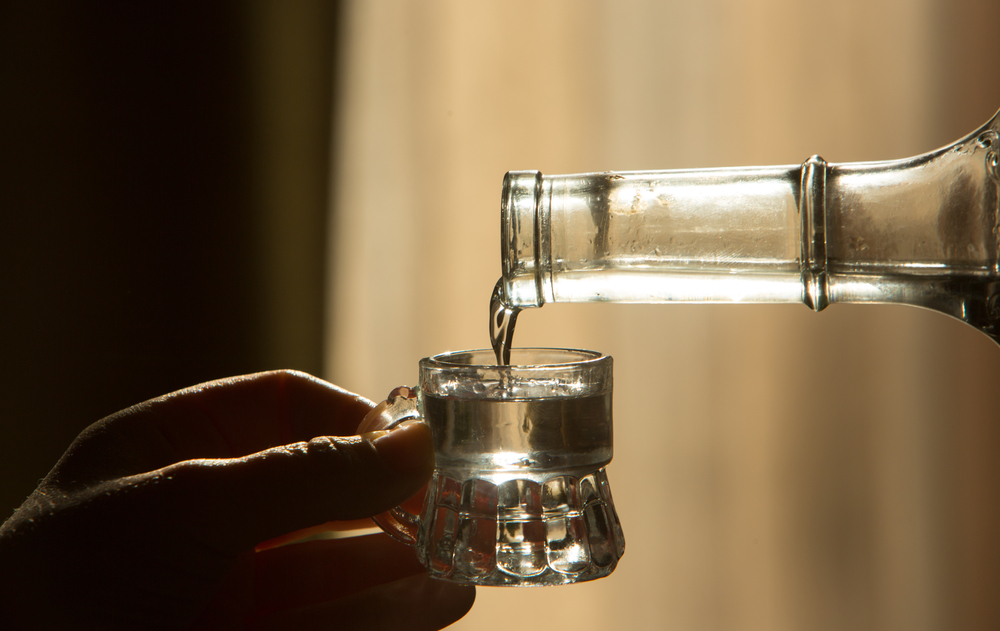Virtually Venturing Down South to Villány

Having long been described as Hungary’s premier red wine region, Villány has become the region that many wine lovers love to hate, as tastes have shifted away from the kind of super-ripe, tannic, full-bodied reds that it pumps out, towards gentler, lighter and fresher wines from cooler climes.
But before, I join in the rant against over-ripeness, I must point out that this blockbusting style, which is somewhat in tune with Villány’s quasi-Mediterranean climate, still appeals to many.
While guiding on tours down there, which sadly I’m unlikely to be doing again anytime soon, it was notable how the region’s powerful reds would appeal in particular to American guests thanks to all those kinds of intense traits that have seemingly become taboo.
They would often compare Villány’s Bordeaux-style blends very favorably to those of California’s prestigious Napa Valley, but with one big difference; bang for the buck! Even the most premium Villány wines are relative bargains compared to many of their Napa counterparts.
Villány has long been associated with big, tannic red blends made from the Bordeaux varieties. When the grapes are harvested at the right time (which is certainly not always the case), the limestone soils help preserve the acidity, build the structure and ensure elegant wines, although the overripe, over-extracted and heavily tannic style that has seduced many a Hungarian palate is still alive and well today.
Cabernet Franc has become the region’s calling card, and wine made from the grape carries the Villányi Franc moniker. Unfortunately, there’s still much more of its internationally dominant sibling – Cabernet Sauvignon – planted here, which is less guaranteed to ripen as perfectly as Cab Franc.
Nestled close to the Croatian border, protected from the northern cold by hills and replete with a sub-Mediterranean climate, the barren yet prime site of the limestone Kopár vineyard, which lies on the southern slopes of the pyramid-like Szársomlyó Hill, looks like it could be straight out of coastal Croatia.
Reclaimed
Another great vineyard is the Ördögárok, which was painstakingly reclaimed from forests at the beginning of this century. The Ördögárok is warm with great exposure, which allows the grapes to ripen nicely, but is also cooled by breezes that help preserve acidity to prevent the wines becoming cooked and jammy and keep the air circulating to prevent certain diseases taking hold.
In all, Villány, which lies in Baranya County, has more than 2,500 hectares under vine (out of Hungary’s 64,000). It encompasses the pretty settlements of Palkonya, Villánykövesd, Nagyharsány, Kisharsány and Siklós, in addition to the village of Villány itself. The region positively oozes charm with its old-world cellar rows (there are amazing double-rows of white cellars in Villánykövesd well worth checking out) that contrast with state-of-the-art wineries.
In spring 2014, Villányi Franc was launched in a joint-effort by many of the region’s winemakers to unite and promote its flagship grape Cabernet Franc. Vylyan’s Mónika Debreczeni says that the page that describes what Cabernet Franc needs to thrive is identical with what Villány offers.
Cabernet Franc ripens a week earlier than Cabernet Sauvignon with no green flavors, according to Attila Gere, one of the region’s pioneers, who has now gone fully organic in his vineyards. The legendary Michael Broadbent, a Master of Wine and long-time fine wine auctioneer for Christie’s, who passed away in March at the age of 93, proclaimed on visiting Villány, in 2000, that Cabernet Franc had found its natural home there.
Meanwhile, Kékfrankos, which is the country’s most-planted grape, was often an afterthought in Villány and was long considered way down the pecking order topped by the Bordeaux grapes, but it is now coming along nicely after years of relative neglect to make riper wines with darker fruit than usual for the grape, reflecting the warm climate.
The excellent Sauska, whose wines convey a remarkable level of consistency, balance and refinement, alongside that natural Villány warmth and sun, skillfully combines Kékfrankos with three Bordeaux varieties (Cabernet Sauvignon, Merlot and Cabernet Franc) in its mid-range Cuvée 11. The 2017 (HUF 4,750 from Bortársasag) is made from those grapes coming from four vineyards – Makár, Konkoly, Kopár and Ördögárok.
One of my favorite Cabernet Francs used to be Péter Bakonyi’s Makár, but as of 2017 it goes under the Siklós name, with the organically cultivated French clones of the Városhegy vineyard, also included. I like his restrained, leafy style that, for me, captures the essence of the grape (HUF 4,350 from Bortársaság).
Youthful
The Portugieser grape typically makes youthful, light red wines bursting with primary fruit that are put on the market soon after the harvest and serve to generate cash-flow while winemakers wait for their big guns to come online.
While German Swabians played a massive role in the development of Villány (Gere, Bock), it is a new wave of Germans, Wassmann and Hummel, who are proving that you can make high quality wine out of an unfancied varietal like Portugieser if you treat it with tender loving care (via organic and biodynamic principles) and minimum intervention.
Attila Gere’s Portugieser Védett Eredetű Portugieser 2019 (HUF 2,250) is another sophisticated take on the grape. Hummel also makes one of, if not the best orange wines in the country in Góré Hárslevelű, the 2015 vintage of which spent three weeks on the skins (HUF 6,800 from Radovin).
The German and Swiss owned Heumann winery, whose big reds are among the best and most polished in the region, have also had success with the fragile and feather-light Kadarka grape although, this being Villány, it’s a bit more robust than the Szekszárd style.
Look out for Villány’s easy-drinking RedY wines. These are fruit-forward and light in tannins, and the perfect antidote to the region’s more full-bodied, mouth-coating reds. A RedY must include 51-66 % of the Portugieser grape, while local grapes (Blauburger, Kadarka, Kékfrankos and Zweigelt) have to contribute 20-49%.
Although created in Austria, Blauburger and Zweigelt can indeed be considered pretty much local, both being parented by the Austro-Hungarian Blaufränkish (Kékfrankos) grape. Incidentally, according to Austrianwine.com, the Portugieser grape comes from Portugal and is the very same as the Português Azul, and was brought to Central Europe, to Austria’s Thermenregion, in 1770 by the Baron of Fries. Others say it originates somewhere along the Danube Valley, perhaps from Germany.
SUPPORT THE BUDAPEST BUSINESS JOURNAL
Producing journalism that is worthy of the name is a costly business. For 27 years, the publishers, editors and reporters of the Budapest Business Journal have striven to bring you business news that works, information that you can trust, that is factual, accurate and presented without fear or favor.
Newspaper organizations across the globe have struggled to find a business model that allows them to continue to excel, without compromising their ability to perform. Most recently, some have experimented with the idea of involving their most important stakeholders, their readers.
We would like to offer that same opportunity to our readers. We would like to invite you to help us deliver the quality business journalism you require. Hit our Support the BBJ button and you can choose the how much and how often you send us your contributions.









